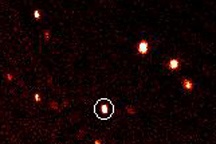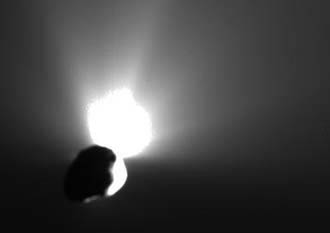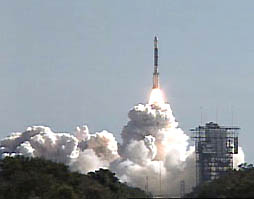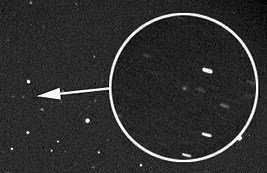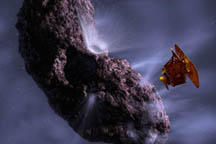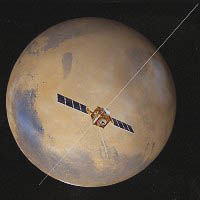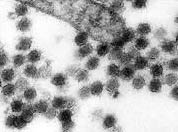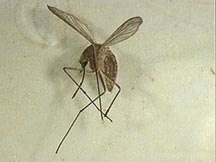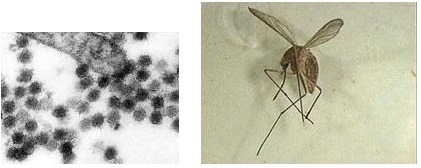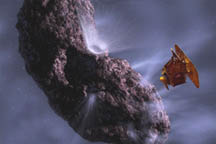
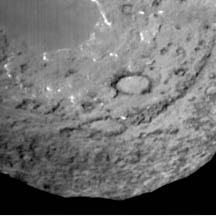
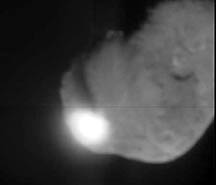
August 12, 2005 College Park, Maryland - This week geologists, chemists, physicists and planetary scientists from around the world gathered at the 9th International Asteroids, Comets and Meteors Conference in Brazil. One of the presentations was by Carey Michael Lisse, Ph.D., Prof. of Physics at the University of Maryland, and member of the Deep Impact Science Team. Dr. Lisse is Principal Investigator of Deep Impact spectral results from the Chandra X-Ray and Spitzer telescopes.
Click here to subscribe and get instant access to read this report.
Click here to check your existing subscription status.
Existing members, login below:


